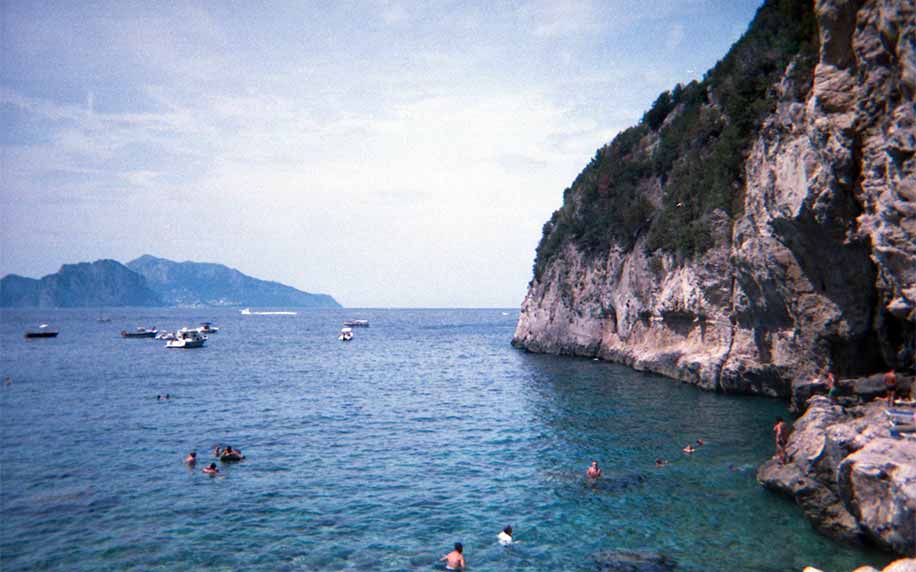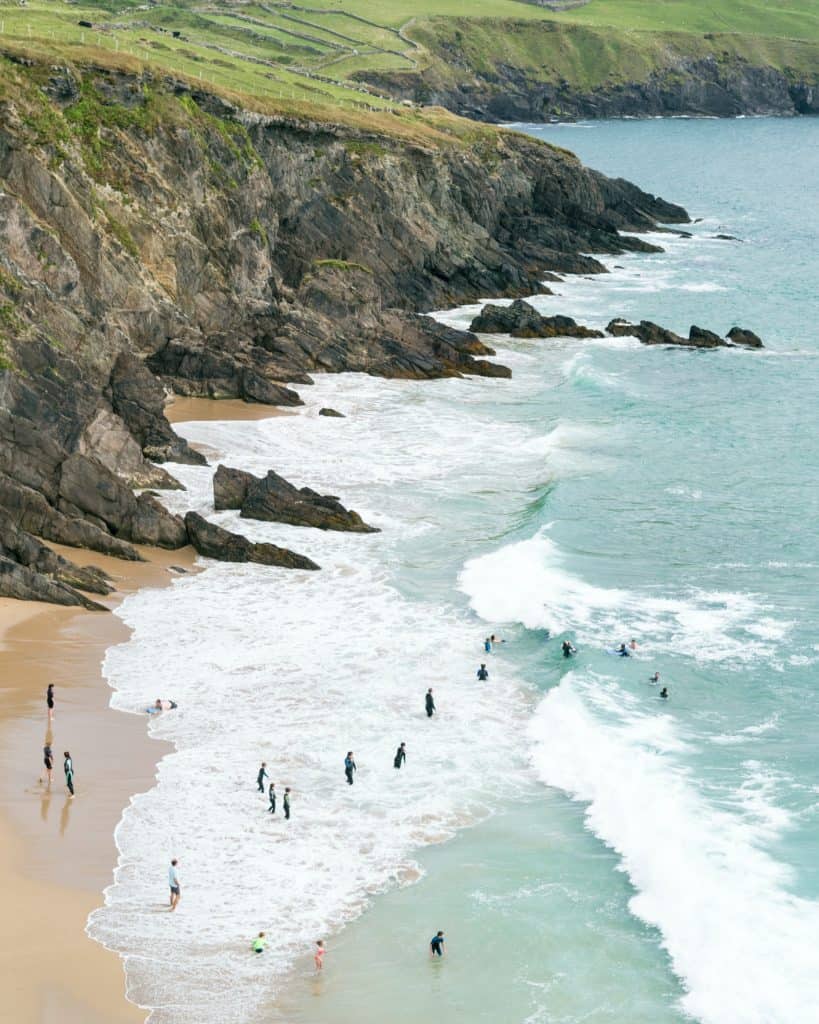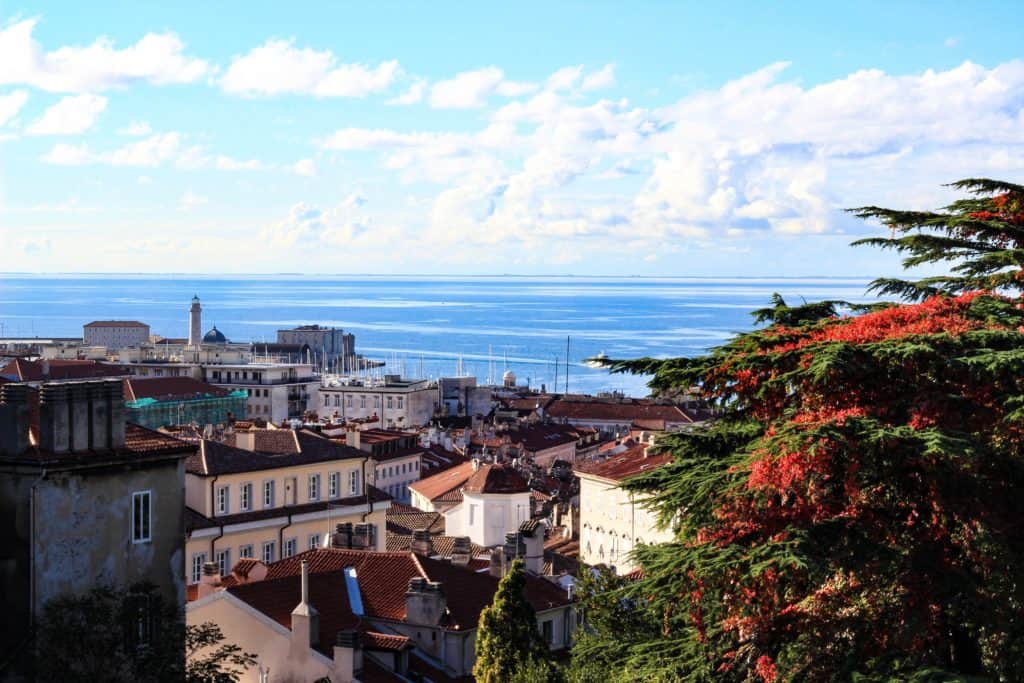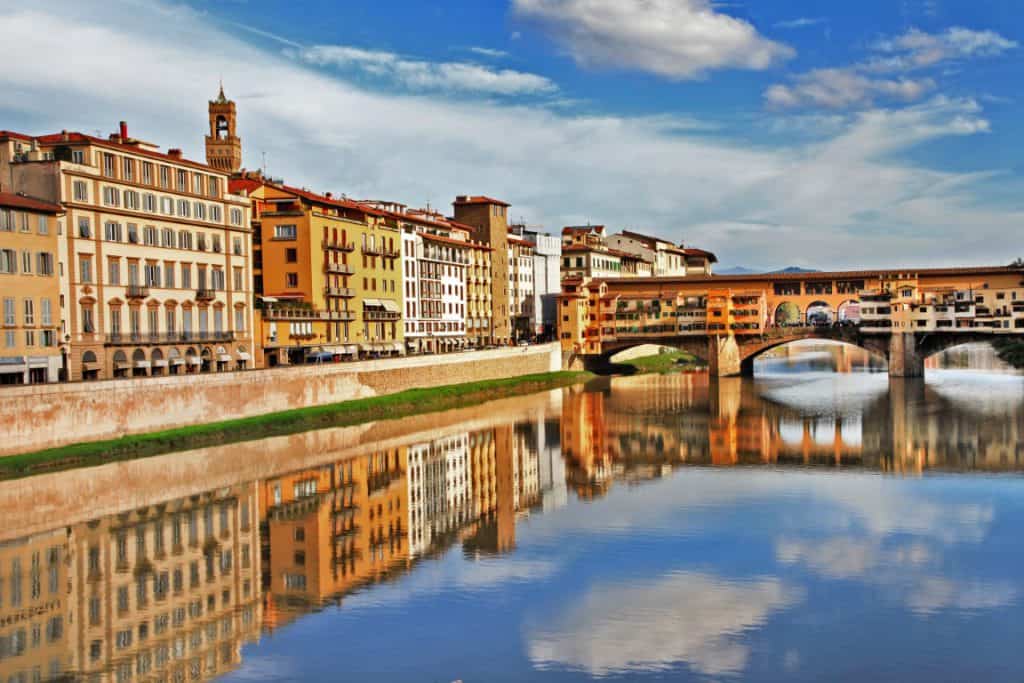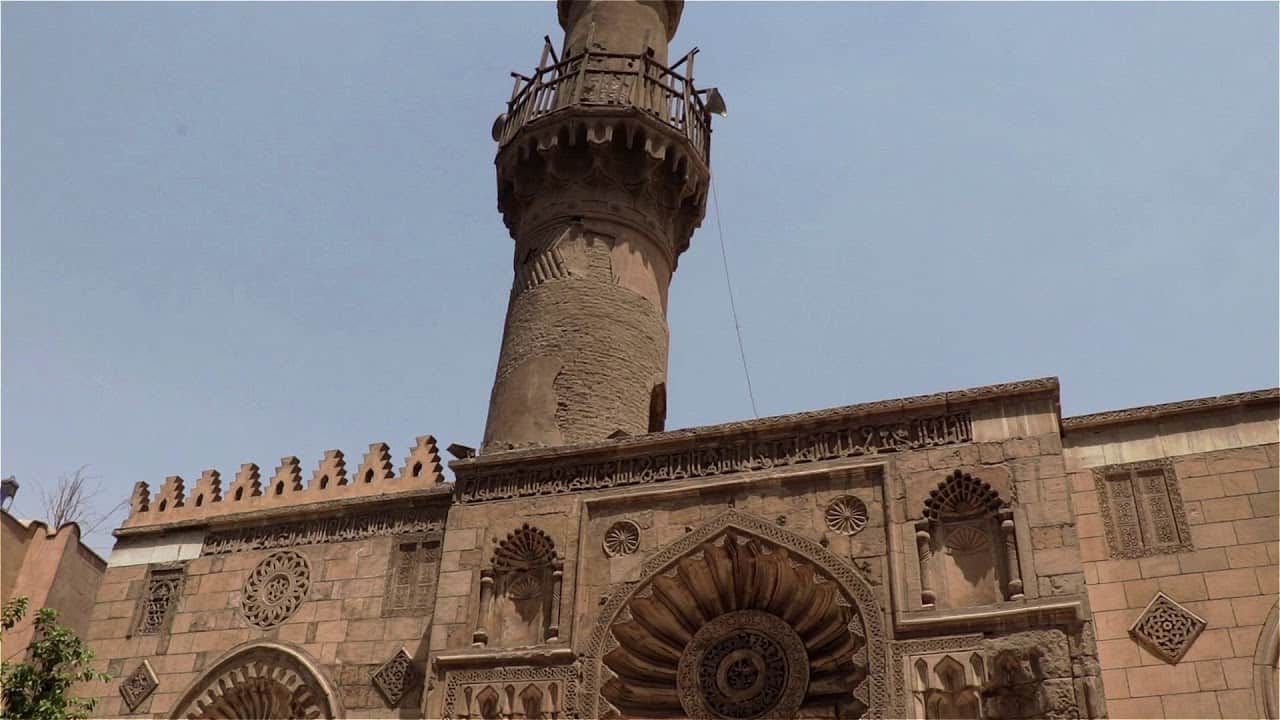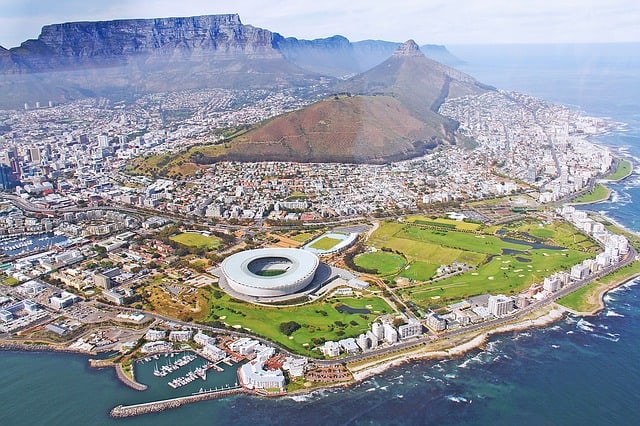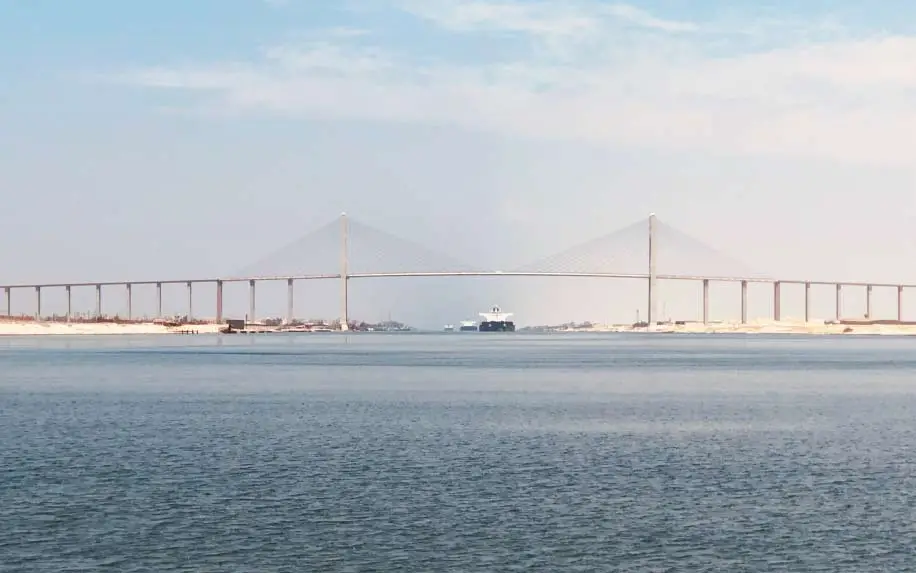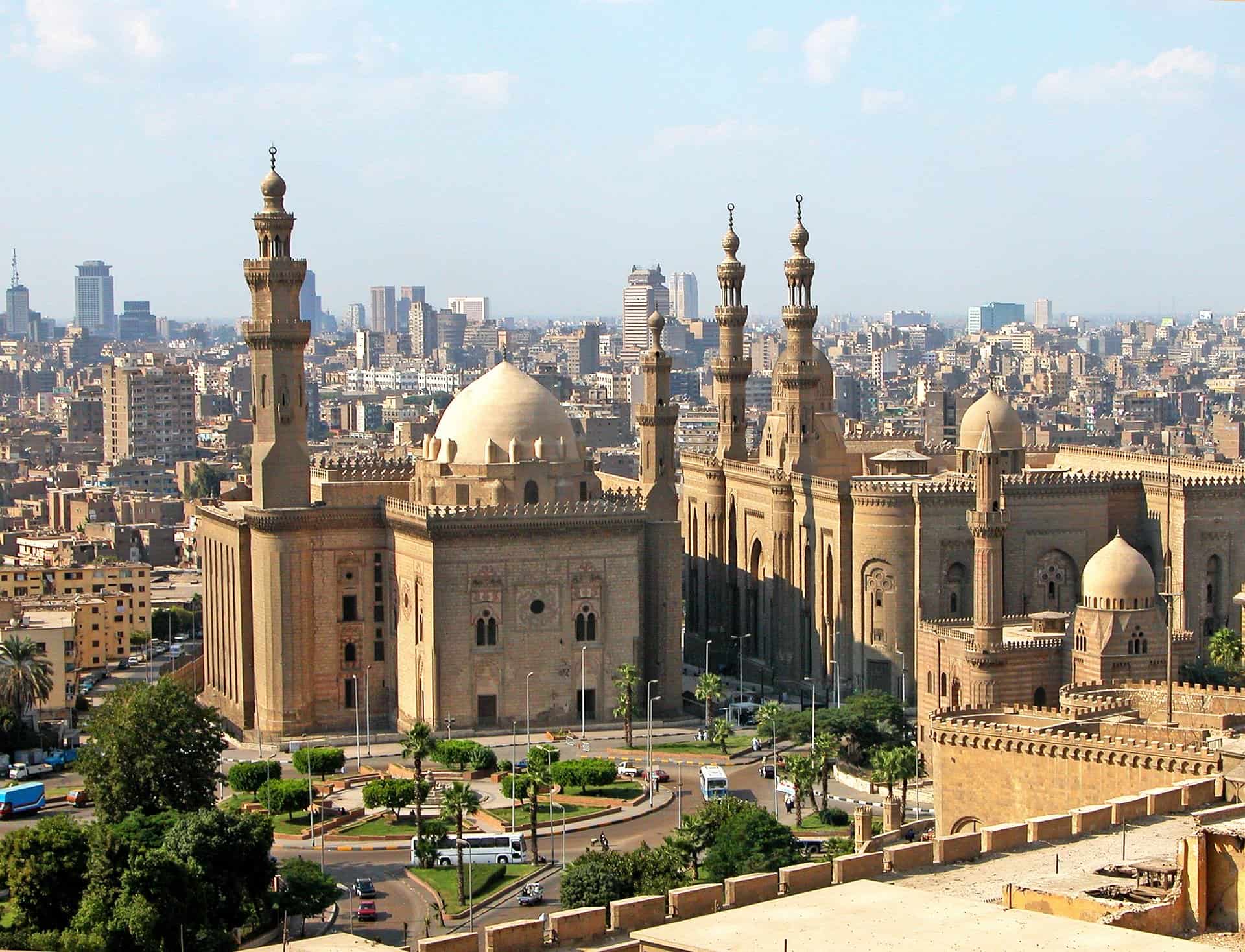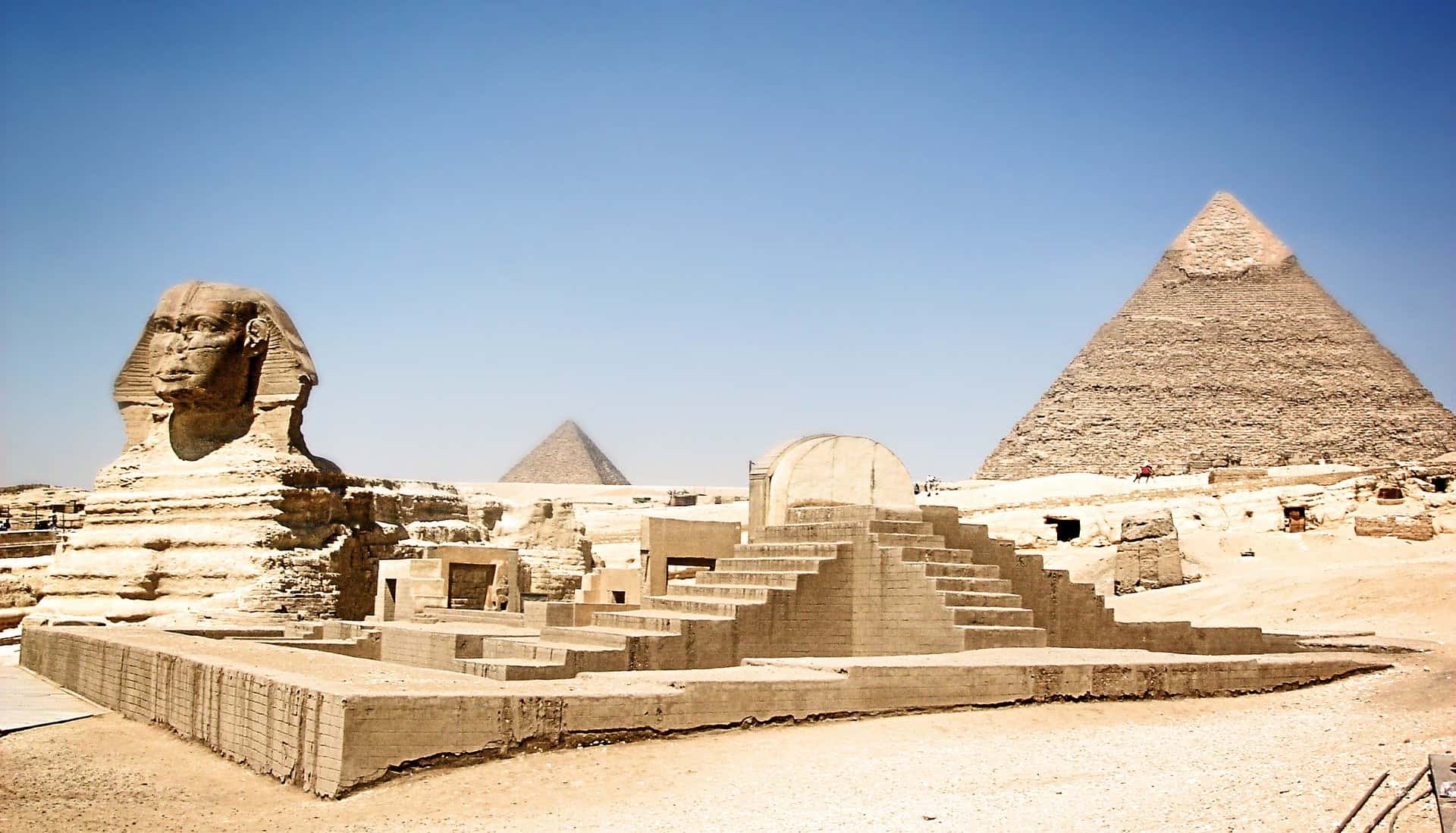Destination Pacific
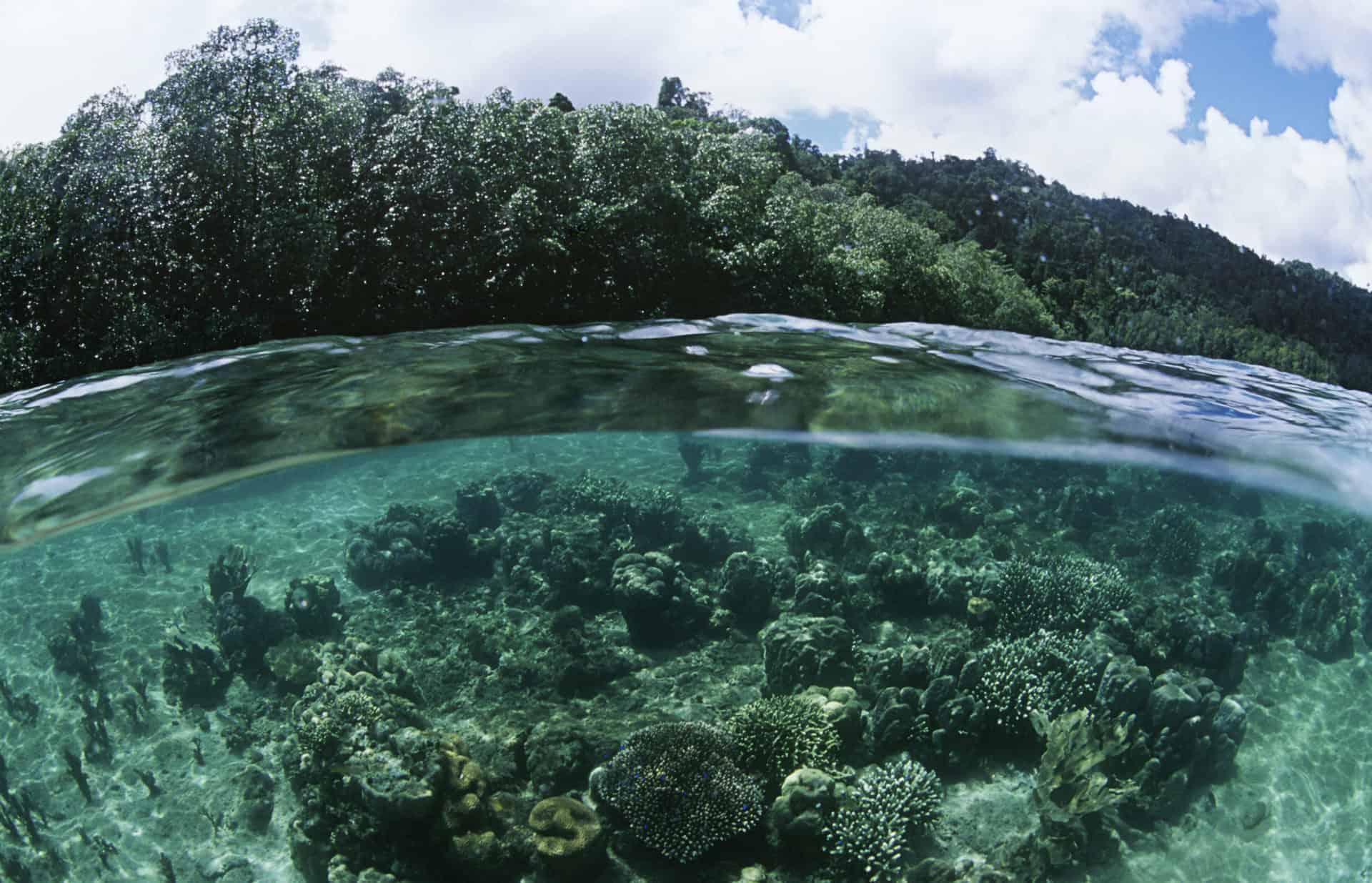
Exploring The Incredible Pacific Islands of Oceania
Oceania represents the world’s largest geographic region spanning over 8 million square kilometers and 25,000 islands scattered across the Pacific Ocean and fringing Asia down to Australia. Typically divided into Melanesia, Micronesia and Polynesia sub-groupings, Oceania covers nearly one third of the globe when combining the Pacific, Tasman and Coral Seas together.
The Pacific Islands region alone spreads across the largest ocean on Earth, covering over 165 million square kilometers and encompassing up to 20,000 islands.
Hundreds of unique cultures and indigenous languages have developed across Austronesia, populated by waves of seafaring peoples exhibiting extraordinary navigation skills traversing the vast Pacific over centuries.
As an aquatic wonderland brimming with biodiversity spanning endangered marine mammals to over 2,000 species of reef fish, Pacific island ecosystems remain fragile and require extensive preservation efforts in the face of climate change impacts like rising sea levels, increasing catastrophic storms and coral reef bleaching episodes that damage local fishing economies.
Key Island Groups In The Pacific:
- Melanesia – Contains Fiji, Vanuatu, Solomon Islands, Papua New Guinea and New Caledonia along the southwestern Pacific clustered around Australia & Asia
- Micronesia – Centered across the North Pacific above the equator featuring remote atolls and volcanic islands with the Federated States of Micronesia as a central hub
- Polynesia – Stretching across 10 million square miles encompassing Hawaii, Samoa, Tonga, French Polynesia and Easter Island towards South America
This guide provides a comprehensive overview highlighting the most remarkable island destinations for visitors seeking tropical adventures and cross-cultural immersion across the sprawling Pacific and storied islands comprising wider Oceania.
Let’s get stuck in and help you make decisions about where to travel on your next adventure!
Table of Contents
Melanesia
Melanesia is one of three cultural subregions within Oceania, located in the southwestern Pacific Ocean clustering around Australia and Asia’s edges.
The name ‘Melanesia’ originated from Greek meaning “black islands” after the dark skin pigmentation of indigenous inhabitants across Papua New Guinea, Vanuatu, Fiji, Solomon Islands and New Caledonia at the core.
Dotting emerald lagoons stretching between Asia and Tonga lie the main islands comprising Melanesia across roughly 1 million square kilometers including the Arafura and Coral Seas that provide incredible migratory passages for humpback whales.
The are is full of rich marine biodiversity relying on ongoing conservation efforts to preserve delicate ecosystems facing climate change.
Four independent island nations with divergent development trajectories make up Melanesian countries frequented among Pacific travelers searching for authentic adventures:
- Lush Fiji features over 300 islands with ubiquitous swaying palms along sandy beaches, the two largest being mountainous Viti Levu and Vanua Levu ringed by vibrant reefs that contain ubiquitous exotic soft corals rippling gently in the currents.
- Rugged volcanic peaks towering through billowing clouds and dense rainforest cover the islands of Vanuatu where traditional culture remains strong through kava ceremonies and age-old coming of age land diving rituals on Pentecost.
- Further west, the nearly 1,000 scattered Solomon Islands were once known as the Happy Isles where reminders of fierce fighting reflect World War II history; yet these untouched realms provide world-class wreck diving and tranquil island resorts beckoning within Melanesia’s aquatic abundance.
- Lastly, the eastern half of New Guinea along with surrounding islands and vibrant coral reefs bursting with biodiversity across marshlands, savannah and steamy lowland rainforest comprise Papua New Guinea – the Pacific’s most culturally and linguistically diverse nation.
We invite you to join us in exploring sustainable and meaningful travel across the Melanesian islands by understanding locations beyond the postcard through connecting with people proud to share traditions passed down generations while revealing adventures far from crowds amidst natural grandeur.
The Nation of Fiji
Scattered across the South Pacific, the archipelago nation of Fiji features over 300 picturesque islands where sandy palm tree-lined beaches give way to lush green interiors, traditional thatched bure homes and vibrant coral reefs surrounding the two largest islands – Viti Levu and Vanua Levu.
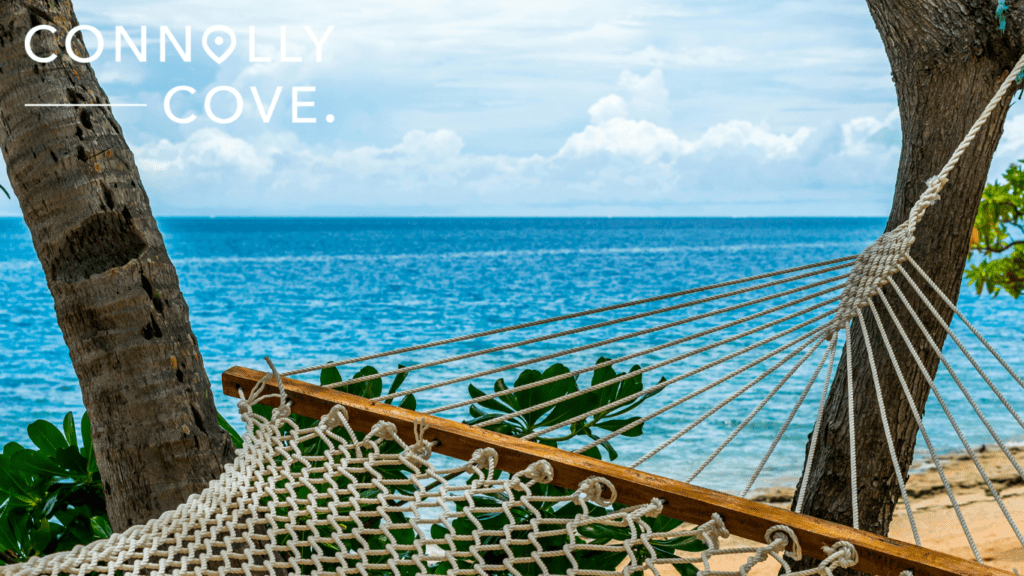
Viti Levu contains the capital and largest city Suva, whose deep-water port enabled growth during colonial days under British rule that left an architectural imprint seen across downtown’s Victorian facades and institutions like the Fiji Museum showcasing ethnographic heritage across Melanesia.
Meanwhile, Vanua Levu to the north holds the second largest population center near Savusavu and Labasa towns that serve as the tourism gateway for many thanks to the international airport located on a smaller island in the Mamanuca chain off Viti Levu’s western flank.
This area contains extensive beach resorts and luxury private island escapes easily accessible by ferry, catamaran or seaplane.
A common query asked is whether Fiji falls under French Polynesia given the higher profile of Tahiti and Bora Bora. Fiji lies over 2,000 miles west of French Polynesia and instead Classified among Melanesian Pacific countries also home to Papua New Guinea, Vanuatu and Solomon Islands – making this 333-island country the most developed within Melanesia’s offerings.
From backpacker hostels and family-run boutique hotels to exclusive island buyouts, Fiji offers the complete spectrum of South Pacific accommodations across the ‘Bula Zone’ time zone welcoming visitors to indulge relaxation while connecting meaningfully to an ecologically diverse landscape and vibrant, evolving culture with proud traditions melding Indigenous Fijian roots.
There’s a diverse, rich culture here with Indian, Chinese and European influences spanning cuisine to faith and expressed artfully through music, crafts and the genuine warmth locals extend inviting guests to their home.
Fiji Attractions and Sites
- Sigatoka Sand Dunes National Park, Viti Levu’s shifting sand dunes spanning 650 hectares along coastline.
- Bouma National Heritage Park, Taveuni Island covering 30% of land in wilderness with hiking trails among lush rainforest.
- Navala Village, one of Fiji’s oldest tribal villages located high on slopes of Bukuya Mountain with iconic circular houses.
Fiji Travel Tips
- Best Times to Visit: Dry season between May to October has less rainfall while November to April is wet season.
- Shared taxi vans called carriers in cities or ferries between islands are most convenient local transit modes.
As with all travel, it’s important to stay safe, so we recommend avoiding walking alone at night in Fiji. Be a proactive and safety-minded traveller by keeping expensive valuables out of sight and stay aware of your surroundings.
Vanuatu: Exploring the Mystical Pacific Island Nation
Dotted across over 1,300 kilometers of the southwest Pacific Ocean, Vanuatu’s 82 picture-perfect islands feature rugged rainforest terrain concealing active volcanoes, customary villages following age-old tradition and vibrant reefs teeming with aquatic diversity.
Seen as the world’s happiest country, Vanuatu’s tropical beaches may fit the brochure image of a Pacific paradise, yet venturing across its unspoiled islands reveals a cultural depth honed over generations still celebrating rituals passed down from their Melanesian ancestors.
Everything from lava cave tours to jungle zip lines and world class wreck diving offer active adventure between the islands, while a strong kastom culture thrives through sand drawing expressions to timeless coming of age land diving ceremonies that see island men ritualistically plummeting from handmade towers with vines tied to their ankles that possibly inspired modern bungee jumping.
Eighty percent of Ni-Vanuatu live in rural tribal communities speaking over 100 native languages, with Bislama, English and French used for wider communication in urban hubs like capital Port Vila where the Vanuatu Cultural Centre and National Museum safeguards cultural artifacts, stories and recordings from across this ecologically vulnerable Pacific country relying economically on agriculture, fishing and tourism.
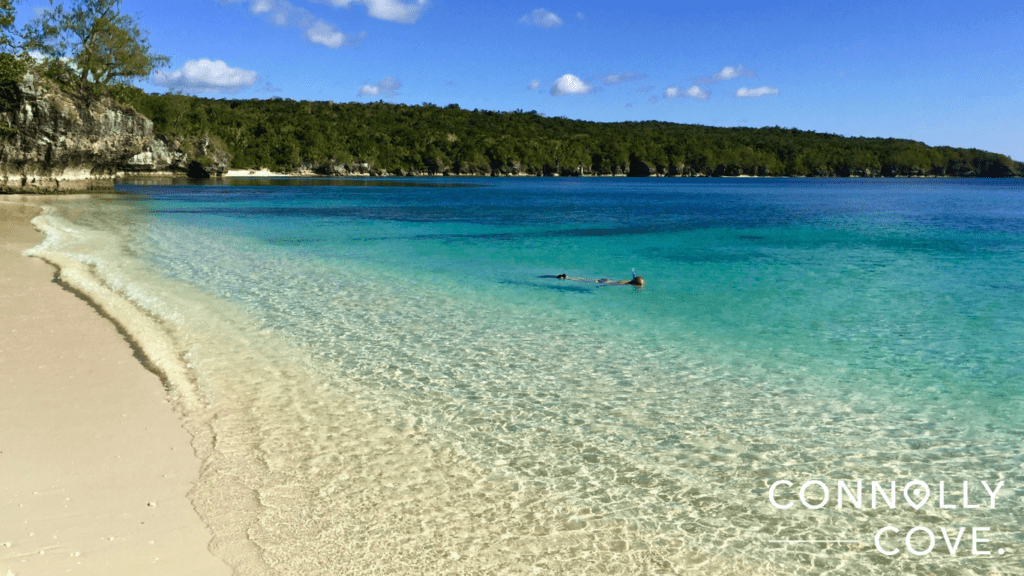
Diver The Beauty Of The Solomon Islands
An archipelago of nearly 1,000 islands stretching across the western Pacific south of Papua New Guinea, the Solomon Islands feature incredibly biodiverse tropical rainforest and extensive coral ecosystems surrounding volcanoes reaching up dramatically through bright blue lagoons.
Despite a grim history tied to World War II battles and rumors of former cannibalistic ethnic warfare, the Solomon Islands today provide a remarkably safe vacation destination.
Most locals across the myriad Melanesian cultures inhabiting the myriad islands and speaking over 60 languages work in agriculture, fishing and logging as primary economic activities. Livelihoods remain subsistence-based through coastal and inland villages around communal property with strong ties to the land and sea.
English and Pijin are common languages used for wider communication in the capital Honiara across Guadalcanal Island and tourism hubs. Considered an aquatic paradise for scuba divers and sport fishing, several islands support exclusive private island resorts that cater to luxury travelers with airstrips avoiding the infrequent and more basic public ferries. This is the place to visit if you are interested in snorkeling, scuba diving, and exploring the beautiful Pacific Ocean.
Over 4,500 unique marine species ranging from reef fish to octopi and sea turtles populate the Solomon’s, a third cannot be found anywhere else on Earth — reminding all visitors this Pacific Ocean country may struggle economically but represents environmental riches still undiscovered.
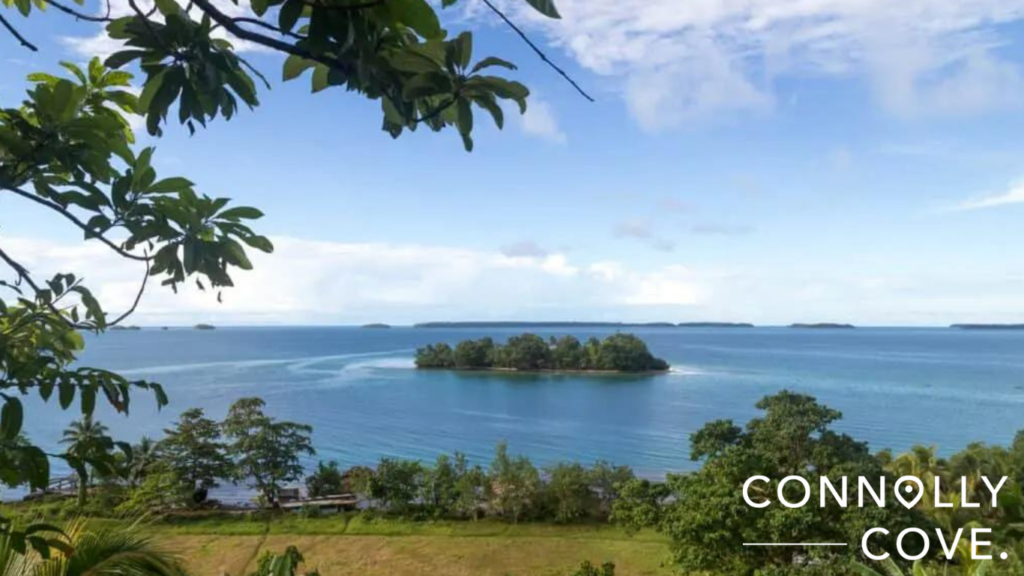
Explore Gorgeous Papua New Guinea
Papua New Guinea lies in the southwestern Pacific. It encompasses the eastern half of New Guinea as well as surrounding offshore islands. The country is renowned for its pristine beaches and spectacular coral reefs.
Enclosed by the Pacific and Indian Oceans, Papua New Guinea features spectacular natural attractions like the epic Kokoda Track passing through the Owen Stanley Mountain Range and the Sepik River, one of the longest and most remote wild rivers remaining on earth.
Cultural highlights include the annual Mount Hagen Show displaying over 100 unique Papuan tribal groups, the diverse endemic bird species of Paradise found across dense jungle and the mysterious Stone Age villages along the remote Baliem Valley showcasing remnants of ancient tribes and customs frozen in time.
Papua New Guinea’s incredibly pristine reefs and underwater environments also provide world-class wreck diving and snorkeling opportunities to glimpse delicate marine ecosystems relatively untouched across this culturally and ecologically diverse Pacific island nation.
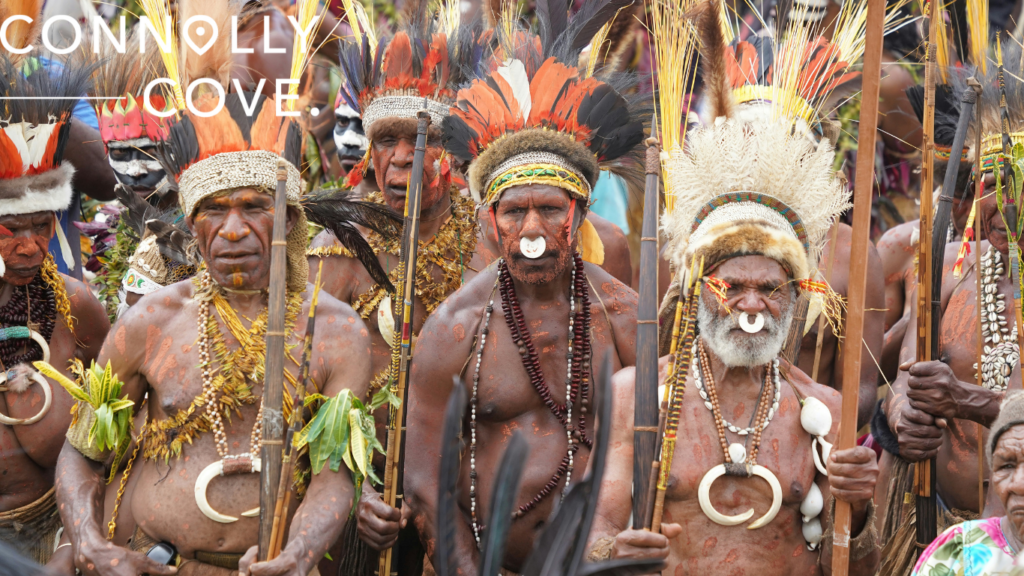
Micronesia
The Federated States of Micronesia is a Pacific island nation consisting of over 600 islands spanning across the Pacific Ocean. The country is divided into 4 island states – Pohnpei, Kosrae, Chuuk and Yap. Micronesia is renowned for its picturesque palm-fringed beaches and incredible diving among shipwrecks and coral reefs.
The Amazing Pohnpei State
Pohnpei State, located on the island of Pohnpei, is one of the four island states comprising the Federated States of Micronesia. The other states from east to west are Kosrae State, Chuuk State and Yap State respectively.
The island of Pohnpei is renowned for its energetic local dancing and a relaxing, kava-like drink called sakau used in ceremonies and also sold in bars.
The name Pohnpei translates to “upon a stone altar” about the impressive ancient ruins found at Nan Madol, which was once considered one of the world’s wonders. The locals refer to themselves as “Mehn Pohnpei” meaning “Pohnpei people”.
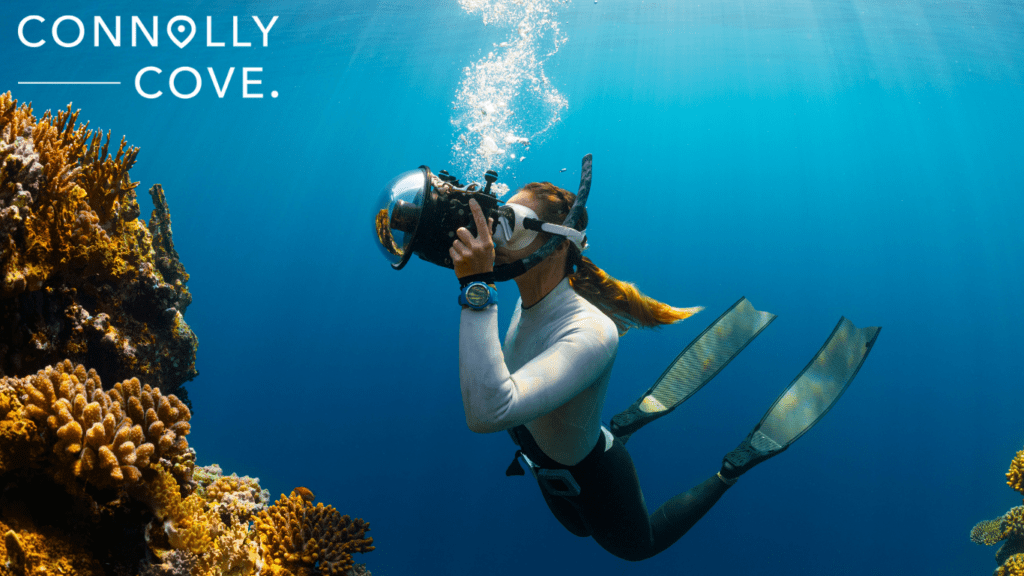
Visiting Kosrae: ‘The Strong Island’
Kosrae, formerly known as Kusaie or Strong’s Island, is one of the four states comprising the Federated States of Micronesia. The main language spoken is Kosraean, sometimes referred to as Kusaiean.
Kosrae features over 50 outstanding dive sites for underwater explorers. It is renowned for its pristine virgin reefs and crystal clear waters, essentially a coral haven. Kosrae’s unspoiled reefs offer superb diving and snorkeling among lush coral displays.
The island is located on the eastern edge of the Caroline Islands, about 600 km north of the equator. It is generally quite safe and makes for an exceptional holiday destination for water sports enthusiasts. So do not hesitate further – get those diving gear prepared and book your trip to Kosrae today!
Chuuk
Chuuk is the third of the four states in the Federated States of Micronesia. The Chuukese language, belonging to the Pacific’s Austronesian language family, is spoken in Chuuk and surrounding Caroline Islands. To integrate with the locals and explore the culture, we recommend you have your dictionary on hand and give it a go!
Chuuk provides a safe and ideal Pacific destination. The friendly, welcoming Chuukese people aim for guests to thoroughly enjoy their stay.
Chuuk is renowned for its epic wreck diving. However, it is strictly for the adventurous – not the faint of heart! The PADI Encyclopedia of Recreational Diving named Truk Lagoon (also known as Chuuk Lagoon) among the top four wreck dive sites worldwide.
You’ve probably noticed by now that The Pacific boasts a world of opportunity for all you Ocean diving fanatics!
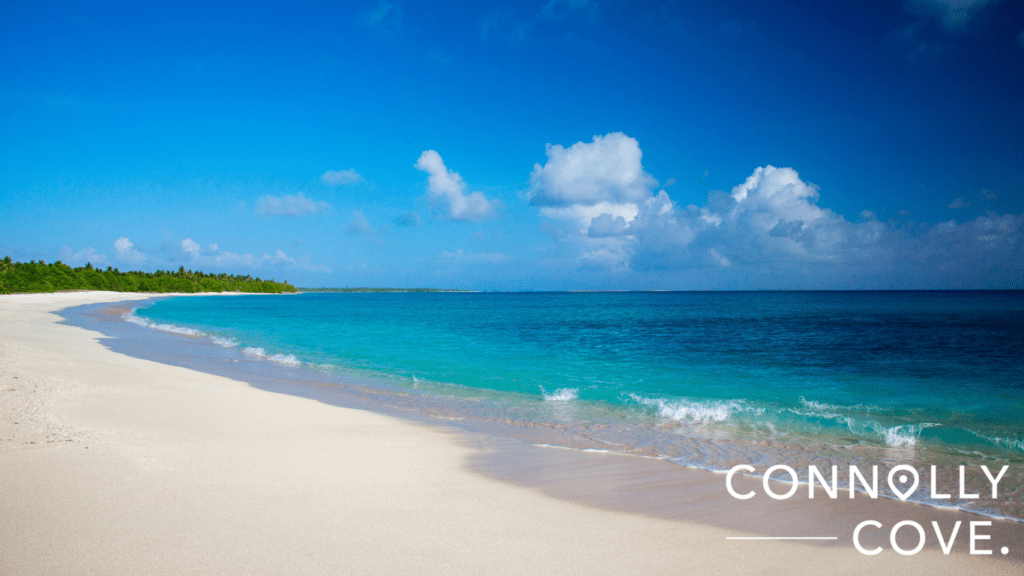
Yap
Yap is one of the four Pacific island states constituting the Federated States of Micronesia. It boasts rich coral reefs that are home to manta rays and whale sharks. The island features villages like Gagil-Tamil and Weloy.
The Yap Living History Museum in Colonia city explores Micronesian customs like dance and craftmaking. Yap’s famous stone money, known locally as either “rai” or “fei”, are massive, circular limestone discs that can reach 12 feet in diameter while the smallest are just under 2 inches. Sailing is the only transportation option for reaching Yap out in the remote Pacific.
Polynesia
Polynesia encompasses over 1,000 islands scattered across the central and southern Pacific Ocean. The region is divided into 3 groups – Melanesia, Micronesia and Polynesia. People indigenous to these lands are referred to as Polynesians and share customs around language, beliefs and culture.
The triangle corners marking Polynesia’s boundaries are Hawaii, New Zealand and Easter Island. The name derives from the Greek for “many islands”.
Initial settlement and growth phases were later displaced by Western colonizaion started in the 1500s. Eventually independence movements regained sovereignty for the disparate Pacific cultures and groups.
There is considerable diversity even within Polynesian societies, seen in contrast between the more populated, politically complex West Polynesia versus the remoteness but vibrant cultural resilience of Eastern realms like Tahiti and Hawaii.
New Zealand
New Zealand is a South Pacific island country made up primarily of two main islands – North and South, along with over 700 smaller landmasses dotting this unique island realm.
Renowned as one of the safest places to visit in the world, New Zealand provides spectacular nature devoid of snakes, scorpions or crocodiles. But its exceptional living standards come at a high price – housing, goods and services in NZ generally cost more compared to other developed economies.
Public transport remains limited while the islands’ Pacific rim location makes earthquakes an occasional hazard. So visiting is great but living long-term presents some challenges.
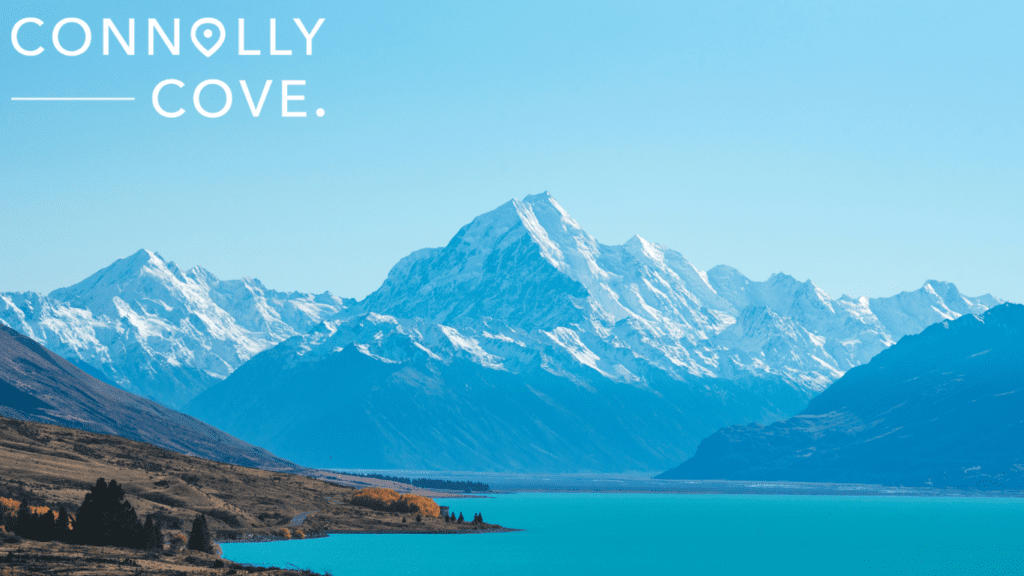
Tonga
The Pacific kingdom of Tonga encompasses about 170 islands, many uninhabited, with picturesque white sand beaches and coral reefs surrounded by lush tropical rainforests.
The main island Tongatapu, guarded by lagoons and limestone cliffs, is home to the capital Nuku’alofa along with resorts, plantations and the ancient Haʻamonga ʻa Maui coral gateway dating to the 13th century.
Friendly Tongan islanders speak English alongside Tongan. The safe environment makes it quite a relaxing Pacific destination, although most activity halts on Sundays due to the Christian Sabbath observance placing church and family first.
Tuvalu
Tuvalu provides a perfect Pacific holiday spot to unwind on pristine sands with reliable internet. This Polynesian nation spans 9 atolls, thinly populated and rimmed with reefs and palm-fringed beaches.
It serves as a favorite hub for snorkelling and diving with sea turtles and tropical fish. Several outer islands remain uninhabited, true sanctuaries of aquatic life. Tuvalu draws roughly 1,600 annual visitors and offers an affordable island vacation.
The Tuvaluan language is prominent, though English is also widely spoken. Safety levels are high given such a tiny, isolated setting. But dependence on commercial fishing renders the economy rather fragile for this remote Pacific dot consisting of reef islands and atolls.
Cook Islands
The Cook Islands comprise 15 atolls scattered across a vast swathe of the South Pacific, to the northeast of New Zealand. Political and economic ties remain close with New Zealand due to their former colonial relationship.
The largest island Rarotonga, dominated by forested mountains and valleys, serves as the capital city of Avarua’s location and is ringed by vibrant coral reefs. Lush, mountainous landscapes define this island chain, with black pearl farming a continued economic mainstay along the productive coastal areas that offer rich aquatic biodiversity.
North of Rarotonga lies the stunning Aitutaki island and its world-renowned lagoon circled completely by small deserted islets with the whitest sands and palm trees swaying gently in the breeze. Throughout the archipelago, extraordinary conditions for snorkeling and scuba diving among shipwrecks, tunnels and canyons draw visitors from worldwide to this remote but rewarding South Pacific paradise midway between Polynesia and Hawaii.
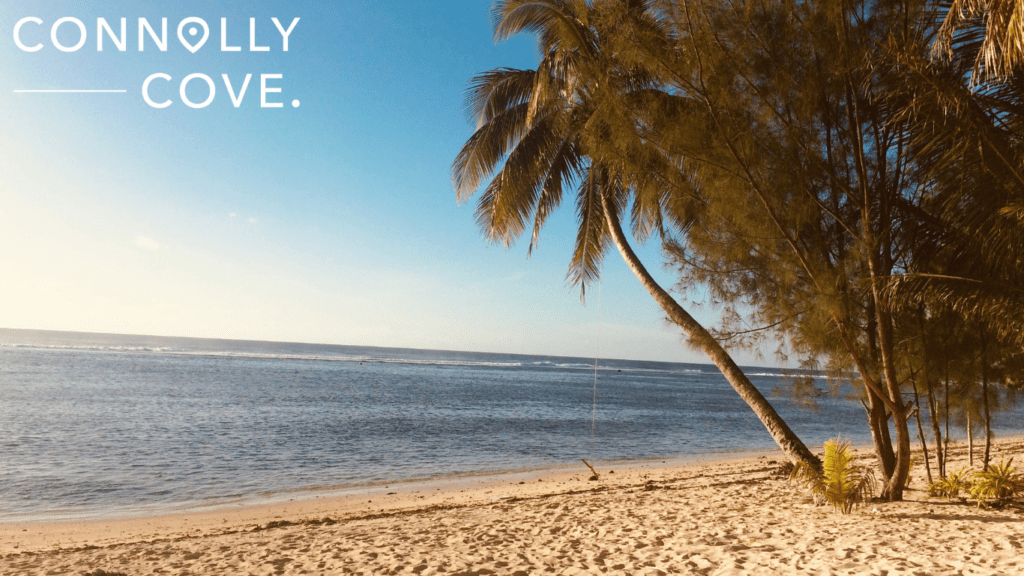
Easter Island
One of the most isolated inhabited islands globally, Easter Island is over 2,000 miles from Chile’s coast in the depths of the South Pacific. It represents a Chilean territory with rich history speckled by mysteries that continue intriguing visitors today. Originally called Rapa Nui in the native language, it is famed for the nearly 1,000 monolithic Moai statues erected between the 13th and 16th centuries by this once prosperous Polynesian society.
A subtropical climate supports exploring the island’s volcanoes, craters, pristine beaches and rich cultural center around craftmaking maintaining Polynesian traditional elements. Given the tiny population and infrequent flights leading most traffic to arrive by cruise ship, costs remain budget friendly with tourism steadily bouncing back after setbacks from the global pandemic.
Concerns around environmental sustainability and preserving Easter Island’s archaeological wonders continue mounting around decisions permitting further growth of hotels and services catering to foreign tourists. But for now, it remains a Pacific haven revealing relics of ancestral rituals and innovation crafted by early islanders utilizing tools from seashells and obsidian during an era of ceremonial building that abruptly ended around 1600 AD from deforestation and overpopulation Sailing expeditions first revealed Rapa Nui’s existence to wider world, as did the practice of cannibalism surprisingly during ensuing tribal conflicts.
Hawaii
The tropical Pacific islands of Hawaii have long captivated travelers drawn to its iconic white and black sand beaches, epic surf, diverse marine ecosystems, and vibrant cultural traditions. As America’s southernmost state located almost 2,500 miles from California, getting to this remote archipelago comes at a premium cost.
Visiting Hawaii provides the quintessential island holiday, but requires saving up a generous budget. Food expenses from casual plate lunches to fine dining at beachfront resorts average $15-30 per person daily – more when factoring in freshly caught seafood. Hotels along the most popular areas of Waikiki or Maui generally start around $250 per night. Still, free attractions like the erupting lava flows in Hawaii Volcanoes National Park or renowned North Shore beaches offer glimpses into Hawaii’s awe-inspiring landscapes for those on tighter budgets.
Each island possesses its own unique adventures, whether hiking through lush valleys and waterfalls or learning to surf some of the world’s most iconic and demanding waves. Navigating between the islands means relying on affordable inter-island flights starting around $70 one-way. For cheaper travel between various Hawaiian coastlines, public bus systems are available on all islands.
Beyond the postcard images of vibrant green cliffs and crystalline waters through reefs filled with sea turtles, Hawaii’s melting pot of cultures including Hawaiian, Japanese, Filipino and others offer singular island experiences found nowhere else on Earth. The only U.S. state located in Polynesia boasts utterly perfect weather year-round, though cheaper accommodation can be found during the wetter winter months.
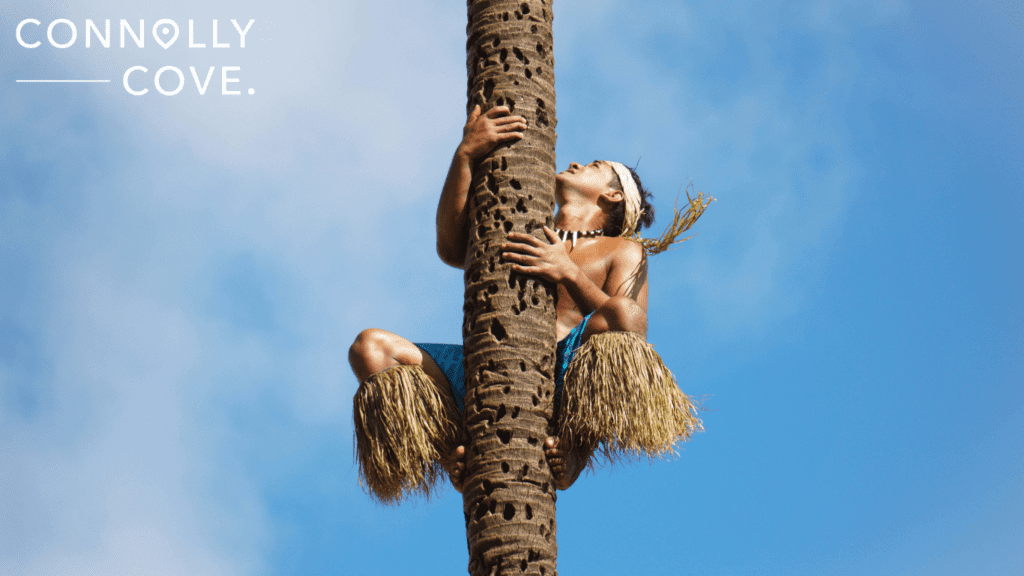
Tahiti
The largest island in French Polynesia, Tahiti lies in the southern Pacific Ocean divided by its narrow isthmus into Tahiti Nui and Tahiti Iti regions. Its magnificent mountain ranges inspire awe behind lush green peaks descending dramatically into vibrant reefs.
As the economic and political capital of French Polynesia located on Tahiti Nui, Papeete offers rich urban Polynesian culture through markets, museums and lively nightlife. Still, much of Tahiti’s interior remains beautifully undeveloped, especially on more remote Tahiti Iti.
Famous for its traditional Hip shaking Tamure dances, fragrant Tahitian vanilla, and lustrous black pearls; vibrant tribal tattoos adorn locals along coastal villages surrounding this scenic Pacific isle Captain James Cook first revealed to Europe after landing here in 1769. Dramatic waterfalls and hidden sacred ruins reveal adventures for those venturing into lush rainforest covering the interior behind palm-fringed white and black sand beaches, romantic resorts, legendary big-wave surf spots and endless shades of turquoise lagoons tranquil as the tide goes out.
The iconic conical-shaped island of Moorea twelve miles northwest across the Sea of the Moons offers idyllic backdrops recognizable in paintings from French artist Paul Gauguin along with popular South Pacific landscapes seen in films. Bora Bora Beach resorts lie further northwest near Tahaa, Raiatea and other sparkling Society Islands siblings comprising French Polynesia.
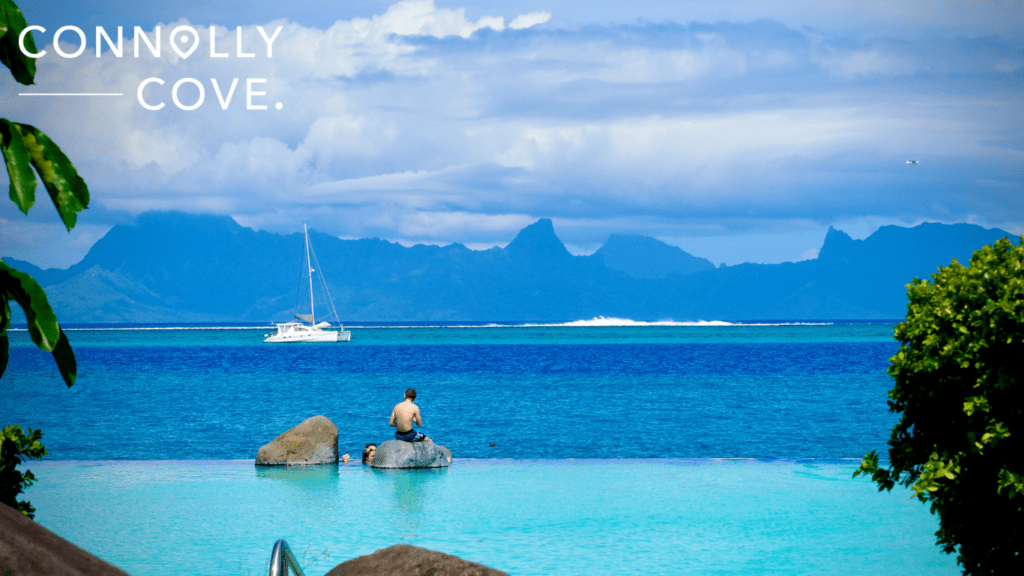
Samoa
Samoa encapsulates a tropical South Pacific archipelago stretching across several volcanic islands, the most prominent being Upolu and Savai’i. This independent Polynesian state was formerly known as Western Samoa up until 1997 when the “Western” title was officially dropped.
Two smaller inhabited islands — Manono and Apolima — complement over 300 miles across the Samoan islands chain alongside tiny uninhabited islets like Nu’utele and Nu’ulua dotted amidst the turquoise Pacific waters.
From windblown dramatic coastlines to lush interiors buried behind mountainous cloud forest, waterfalls and ava plantations, Samoa provides quintessential Pacific island landscapes and culture still deeply rooted in Fa’a Samoa traditions passed down generations. Family and community retain integral roles demonstrated through Sunday To’ona’i feasts, daily rituals like the kava ceremony and artforms like siapo bark cloth patterned textiles and Pe’a tattoos that depict one’s status and coming of age tales.
Beyond the postcard palms swaying over white sand coves with iconic thatched fale houses, explore treasures like the Aleipata Islands Marine Sanctuary, the fiery eruptions of Mount Matavanu volcano or sites tied to Samoa’s tumultuous colonial past. The safe, affordable and easygoing vibes draw over 130,000 annual visitors. Yet venturing beyond the coast reveals authentic adventures and heartfelt hospitality amongst South Pacific beauty.
Make sure to check out more of the enchanting wonders on ConnollyCove!
Must See in Destination Pacific
Top Attractions
Visit Fiji
Fiji is one of the most visited Islands of the Pacific. You will get to meet the world's friendliest people. They are so in love with children, so you may want to consider bringing your whole family along for a visit. There are lots of events taking place monthly. So, make sure to check which festival is happening at the time of your visit.
12 Things to Do for a Spectacular Vacation in FijiVisit The Cook Islands
Its beaches: Aroa, Muri, and more, colorful lagoons, and wonderful climate. Plus it is one of the most safest islands to visit in the Pacific. Te Vara Nui Village is a Maori attraction that has live performances. Many Scuba- diving and snorkeling sites are available for your exploration purposes.
Spectacular Facts about The Cook IslandsVisit New Caledonia
Flying over the Heart of Voh & the Blue Hole is a must try. It has the world's best natural aquariums. located on an island that is surrounded by a stunning blue- green lagoon.
17 Splendid Least Visited Countries to DiscoverVisit Tahiti
You can discover the black sand beaches on the East Coast and white sand beaches on the West Coast. It is full of natural landscapes. Hop on a ferry to Moorea. Explore the Vaiphai Gardens. Hike the gushing Fautaua Waterfall. Shop for souvenirs in the bustling capital of the city of Papeete. And do so much more!
A Guide Through 5 Dreamy Beach Holiday DestinationsTop Experiences
